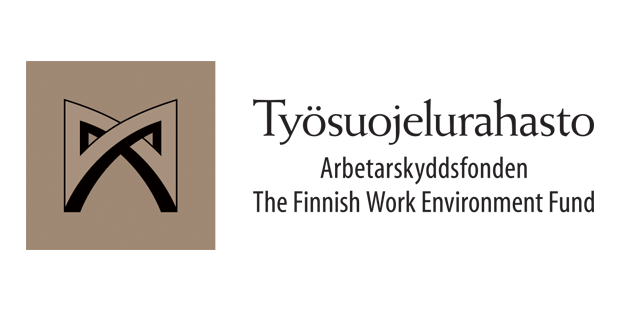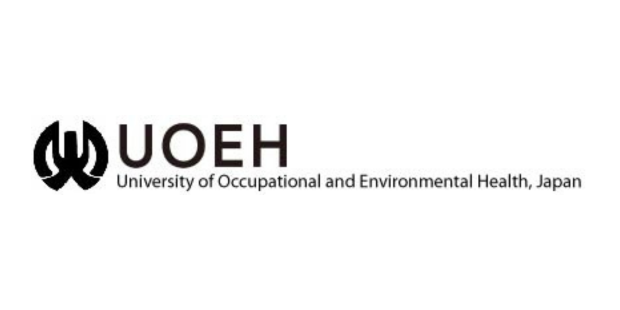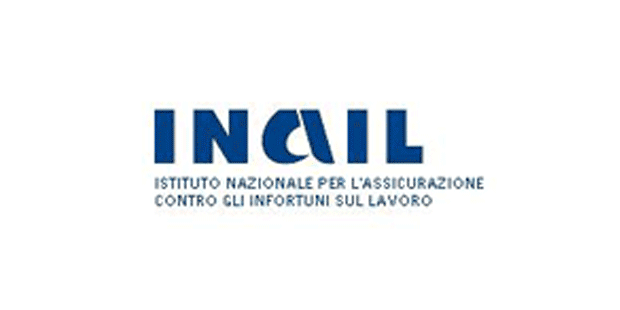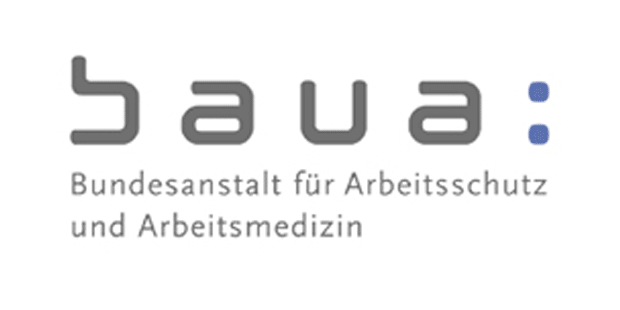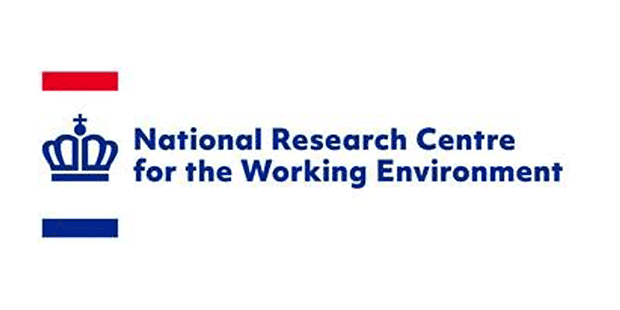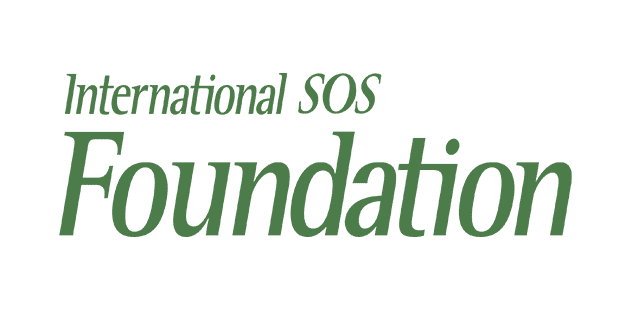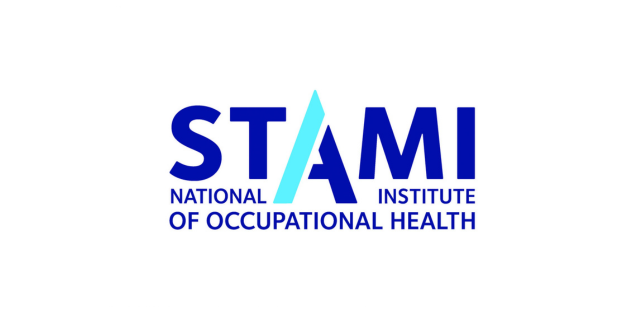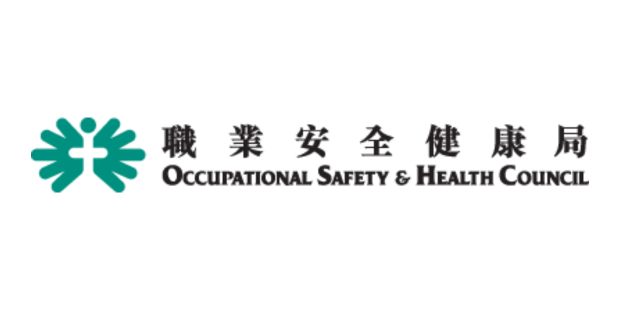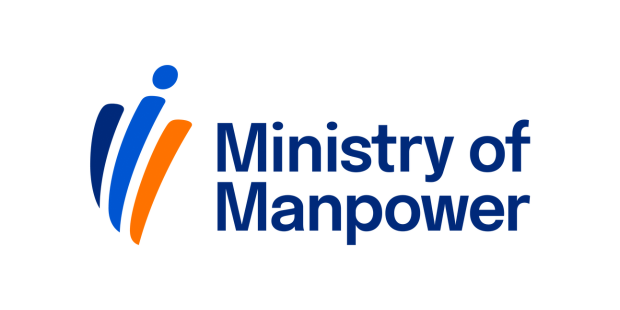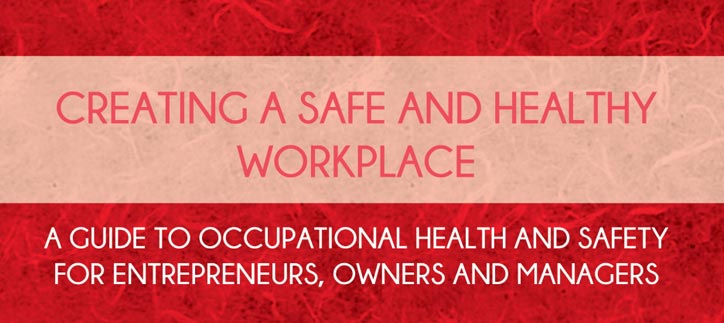The ICOH Network on Women, Work and Health
Progress report
Chair:
Elisabeth Lagerlöf
Head of Information and Communication
European Foundation
Wyattville Road
Loughlinstown
Co. Dublin
Tel +353 1 204 3196
Fax +353 1 282 64 56
E-mail: elf@eurofound.ie
In every ICOH subcommittee the gender issue should be introduced, and at their seminars, workshops or conference there should either be a lecture or a symposium, which addresses the gender aspect within the field. This was one of the goals set up during the first meeting of the Network on Women, Work and Health during the Singapore ICOH congress.
Introduction
The formation of the network was announced by the president of ICOH, Professor Bengt Knave in his Presidential Address at the end of the ICOH 2000 Congress in Singapore. The ICOH Board assigned two member of their Board, Professor Kazutaka Kogi from Japan and Professor Tee L Guidotti from USA, to support the network. A constitutional meeting of the ICOH network for Women, Work and Health was held at the ICOH Congress in Singapore. The meeting gathered 15 participants representing Africa, Asia and Europe.
The purpose of the "ICOH network on women work and health" is to make women's work-related health visible, since, if research and policy making omit the gender factor from research and empirical analysis about working conditions and health, it will create, maintain and recreate women's suppression and relegation to low qualified work, and to unequal rights to health at work.
Today a growing body of gender research in health and safety is found, but what is lacking is a scientific group to stimulate a development of a gender sensitive approach to research in health and safety - an approach that takes into consideration both the need for equality and the need to protect workers, when they are vulnerable. There are, in particular, three reasons why a gender approach to occupational health and safety research is needed, namely
· The gender segregation at all levels of the labour market
· A lack of specific knowledge of the health effects of work risks in the case of women including reproductive hazards and effects on the pregnant women
· The "double burden" carried by women from employment and family/domestic responsibilities.
The segregated labour market
There is a lack of knowledge about the segregation and integration processes of the working life and the impact on women's and men's health at work. An increasing number of women are now entering paid work in all countries over the world. Yet women work in other sectors of industry and occupations than men. Women are also more often found in jobs with less decision making latitude and control over their jobs - between 50 to 60 percent of the female work force can be found in jobs that can be classified as assistants, secretaries, clerks etc., jobs in lower level positions and more routine work.
There is also a clear vertical segregation in the labour market. In most countries, women occupy less than ten percent of the top managerial jobs. This horizontal and vertical segregation in employment results in different working condition for women and men.
The changing world of work is adding another gender dimension. The flexible working time policies seem generally to increase women's job insecurity and worsen their working conditions and opportunities to competence development.
Women's invisible work-related health outcome
More data is needed to describe women's and men's working conditions. Occupational health and safety statistics divided by sex is seldom found, and a further problem is what is seen as "work-related" or not. Large groups of illnesses, where women have a high morbidity, are not found of the lists of work- related diseases, since the latter are mainly based on mono casual relations to work, such as asbestosis, hearing impairment etc. Women often have a mixture of illness and so-called vague symptoms, like fatigue, reduced vitality, feelings of insufficiency, feeling of pain and discomfort. Therefore women more often than men undergo the experience that their symptoms at work are not given a diagnose or, if so, the diagnose is associated with psychological causes. The consequence is that women's health problem at work are not as visible as those of men, resulting in that the problems will be neglected both in research and in practise.
This refers in particular to research definitions, concepts and methods in order to understand whether they obstruct recognition of women's occupational health problems or interfere with gender sensitive standard setting and legislation. Research also indicates that there is a difference between women's and men's modes of behaviour to working life. This means that gender is also an important issue in prevention strategies and in training and education, where presently the male norm seems to be in abundance.
Impact of unpaid work
Available time use figures show that time spent on "unpaid work" is very unequally distributed, and that women spend far more time than men on performing unpaid "domestic duties" in the broad sense. In some countries there are clear correlation between the extent of female part-time and the lack of childcare provisions. Restructuring of work, just in time scheduling and downsizing many times interfere with family life. The interaction between paid and unpaid work appears to be very important for the health of both women and men. A high workload in both spheres and no lack of support seems to have a big impact on a negative health outcome.
We need to know much more about the interplay between the labour market, the welfare state (labour/social policies) and the family/household. In particular, we need to know more about the impact on unpaid work, when the boundaries of paid work become more wide, more lax or invisible.
Results of the first meeting
The group positively received the idea of an ICOH network on women, work and health. But at the same time it was expressed that networks do not run by themselves and it will take time until the network can start working properly.
Elisabeth Lagerlöf was appointed to act as "liaison officer" for those, who were interested in the network. The network will include ICOH members, but also try to develop strategic alliances with other organisations or women's groups, that are active in this area.
IT was proposed that the gender issue should become introduced in all ICOH subcommittees, and it was suggested that those experts who belong to a certain subcommittee should "lobby" so that either gender was introduced at a theme or at least in one or two presentation in coming conferences or seminars.
A home page should be published on the net, which should include a newsletter, present report about seminars, meetings, events, and presentations of those who belong to the network. It should also include "library" about research in this area, as well as interesting on-going projects.
It was decided that the network persons who attended this meeting should try to set up national or regional network, and act as liaison officers to the international network.
E-mail was seen as the most appropriate tool to communicate among the members, but it was also pointed out that email was not a very reliable tool in developing countries, so that ordinary post will be used to these countries as well.
The present network
The ICOH network has been presented at other events concerning women's work and health either by the network chairman or by other members of the network, such as at the Worklife 2000 workshops, the European Women's Health Network etc. Today, about 45 persons are members of the network. Strategic alliances are planned to be developed with ILO and WHO as well as with EU organisations. This network will also work closely together with the Worklife South Network as well as the Network on Communication and Information technology for occupational safety and health.
The network's website
The national Institute of Working Life in Stockholm, Sweden has kindly promised to be the host of the website for the ICOH network on Women, Work and Health. Discussions are now on-going about the structure of the site and how to gradually build up the content. As a first step, more detailed information about the network's researchers and experts interested in research and prevention strategies on occupational safety and health, working conditions and equal opportunities are being gathered.
Congress in 2002
The issues of women, work and health will be promoted through the Work Life 2000 conference in Stockholm in January 2001. Furthermore, the Third International Congress on Women, Work and Health will be held in Stockholm, June 2-5, 2002 (see www.niwl.se). The chair of the network is a member of the organising committee of this congress. It was proposed at the Singapore meeting that the congress should be used as a meeting-place for a first meeting of the network.
Furthermore, NIVA, the Nordic Institute for Advanced Training in Occupational Health, is planning to carry out a one-week course on this



